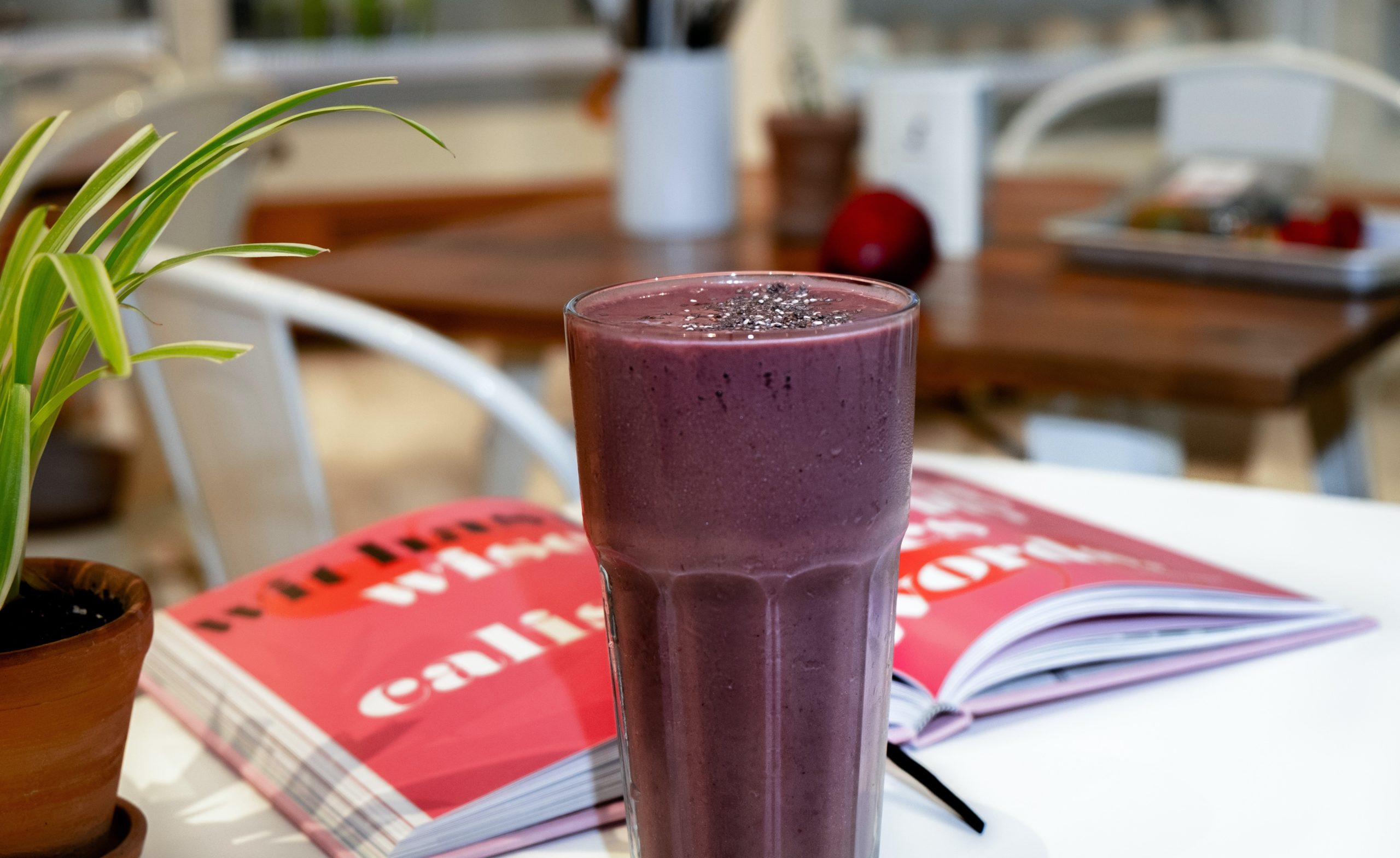We have often heard the phrase "We are what we eat," which reveals a close relationship between our diet and our being, both physically and mentally. The way the well-being-nutrition relationship is perceived has been intensifying in recent years with the appearance of bioactive compounds. They are chemical substances found in small amounts in some foods and are precursors of positive health effects. From them arise functional foods that provide an additional benefit to health beyond the contributions of micro and macronutrients.
The concept of functional foods was born in Japan during the 1980s when the Japanese authorities were looking for a solution to reduce spending on public health caused by longer life expectancy.
In many countries, scientific studies are currently carried out to understand how these compounds work and the amounts necessary to perceive their benefits in our bodies. This knowledge represents a source of innovation in the food industry that translates into practical and beneficial food options for consumers' health.
An interesting example of a bioactive compound is DHA (docosahexaenoic acid). This fatty acid is part of omega3 and helps us maintain normal brain function, providing optimal cognitive function and improving our learning processes. This is very beneficial for students and in general for the performance of professional activities.
In this blog, we will explore other interesting bioactive compounds and the functional benefits that they contain to promote physical and mental well-being.



